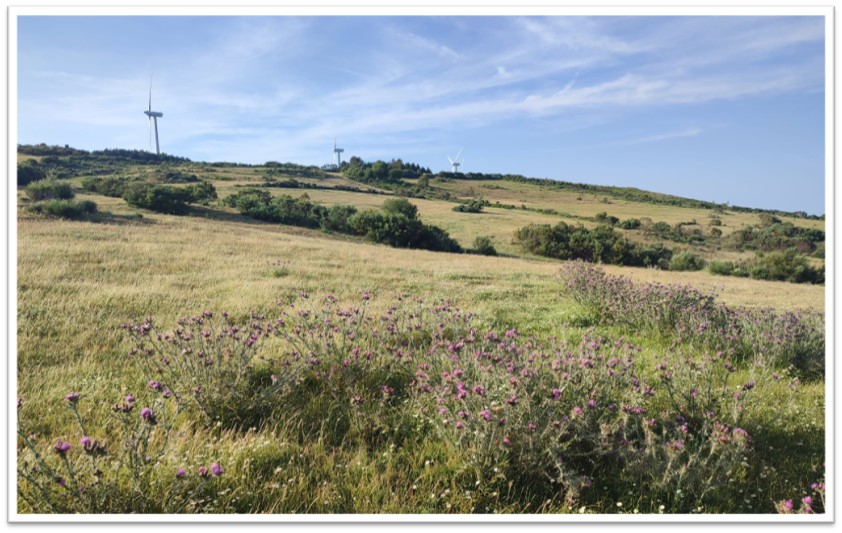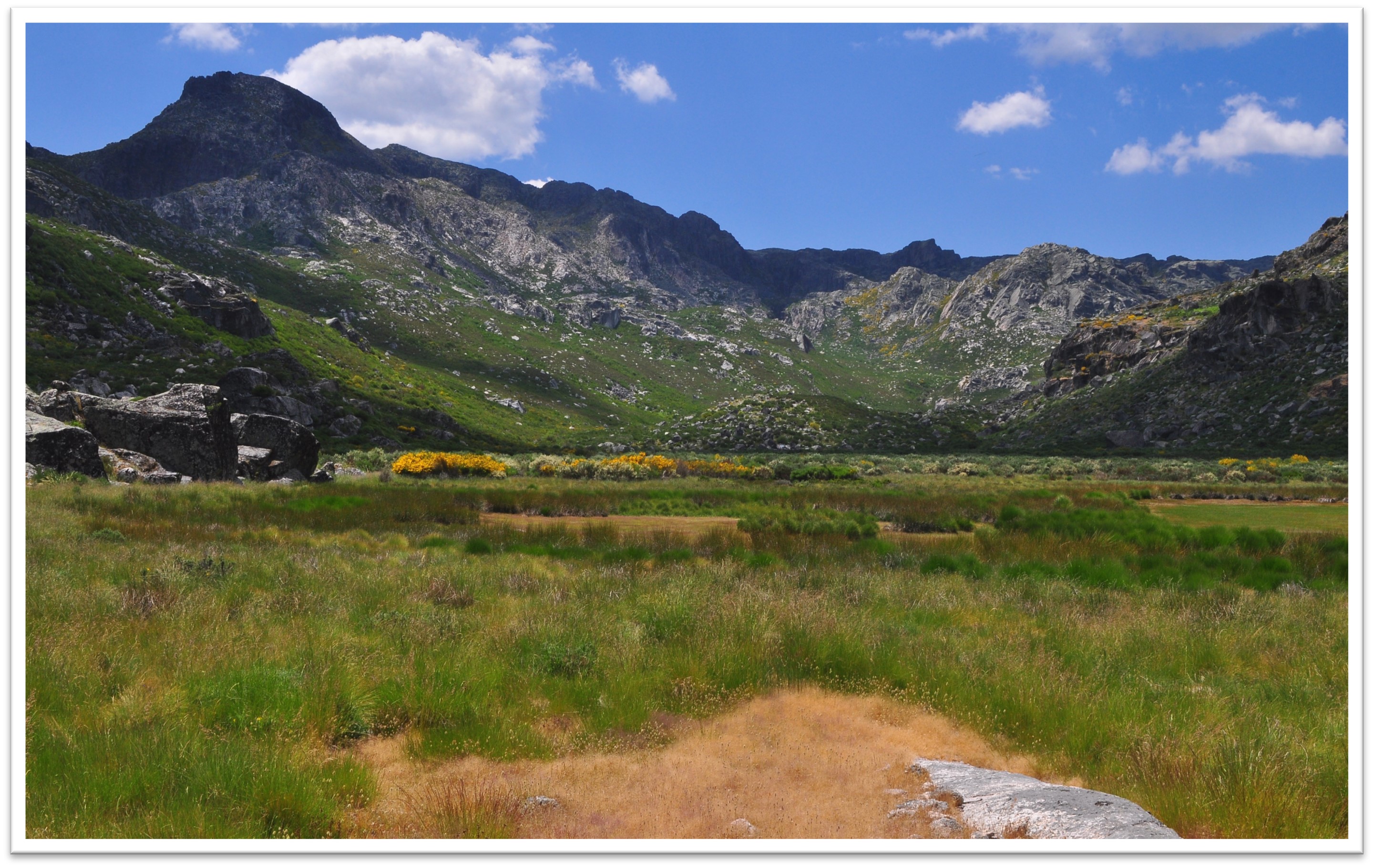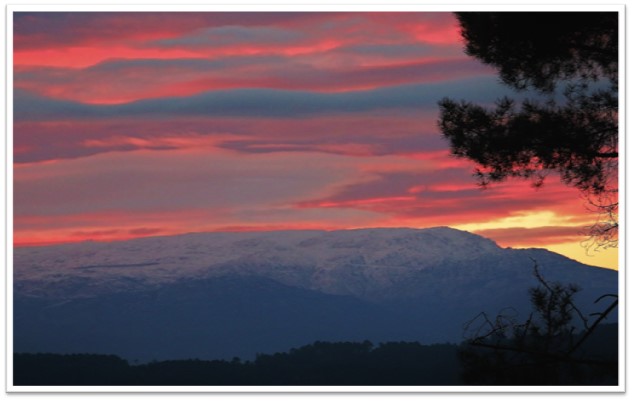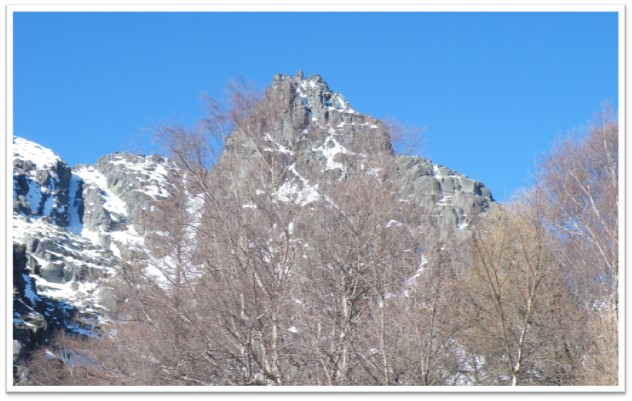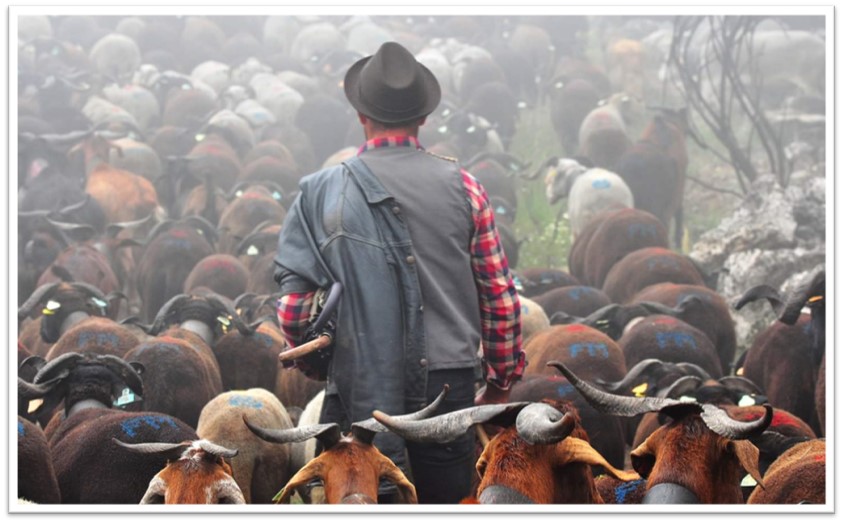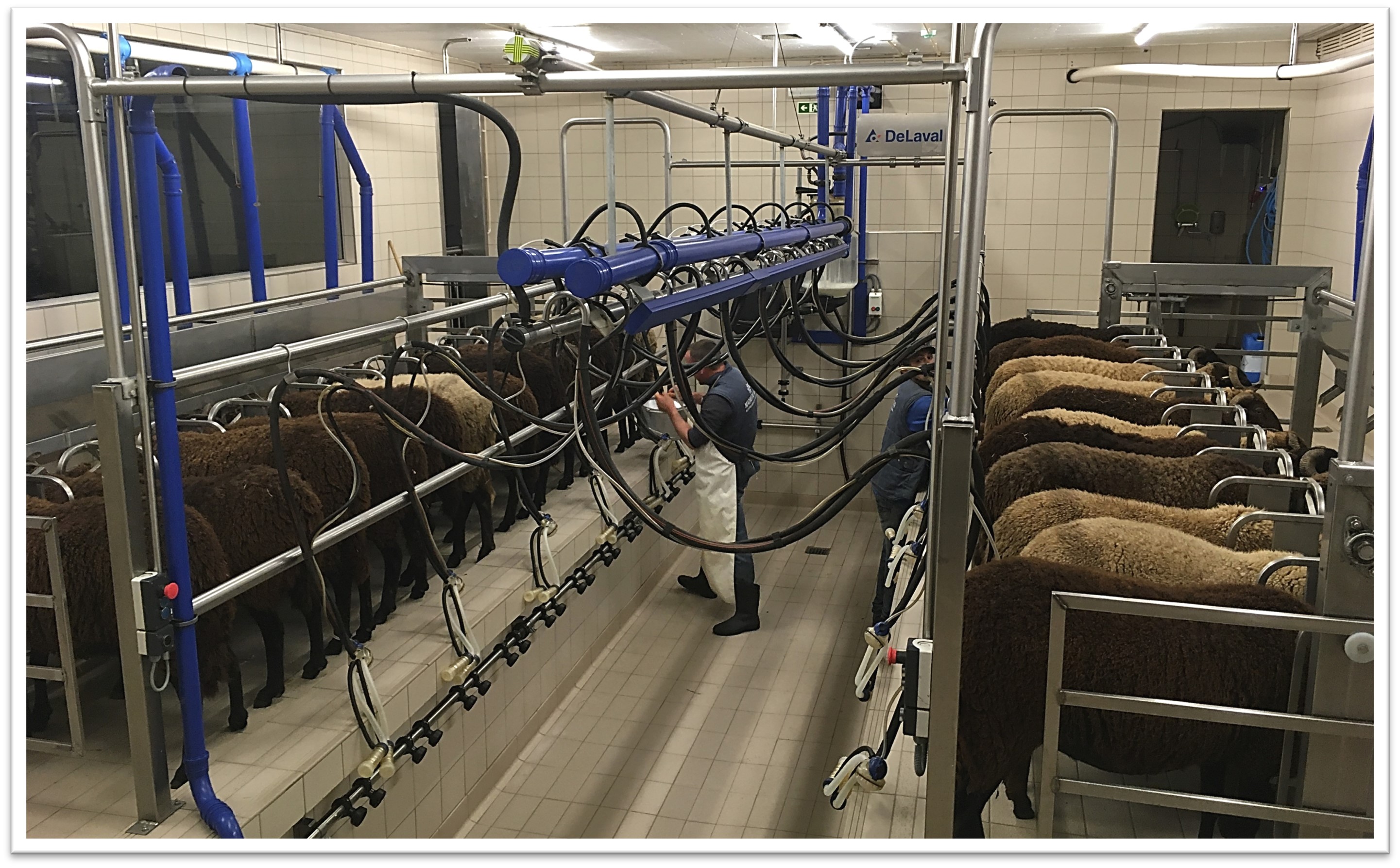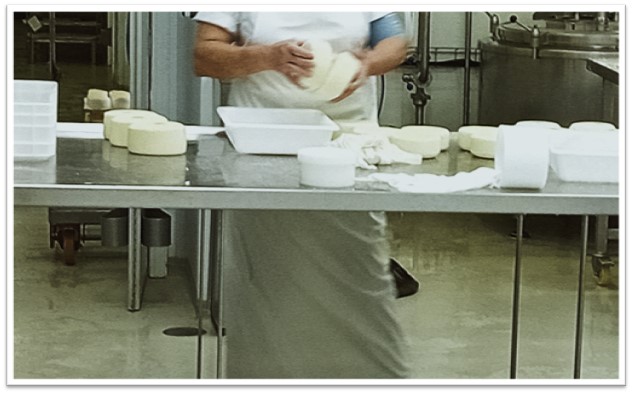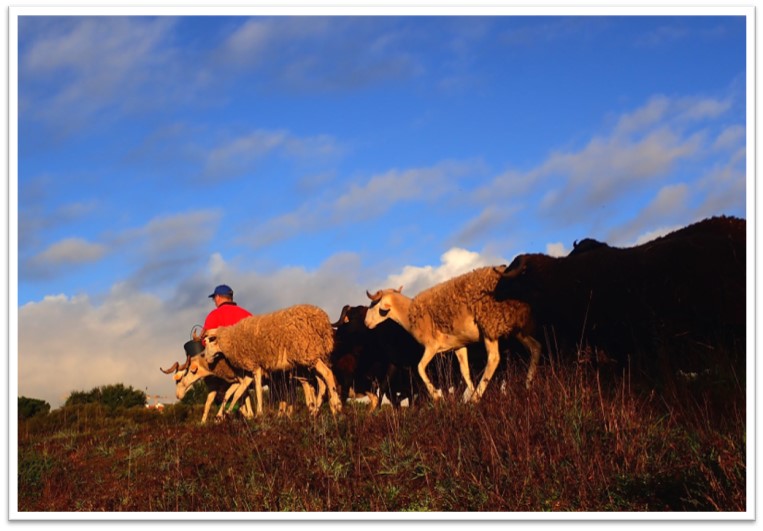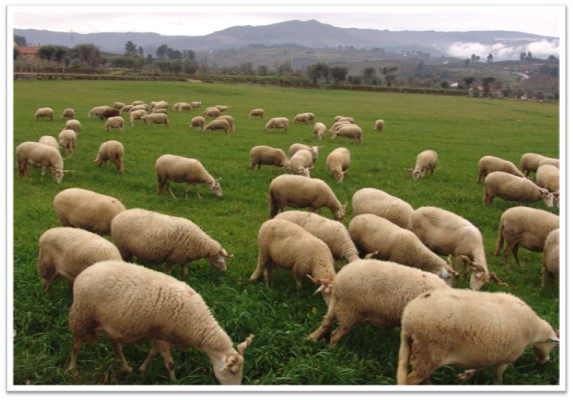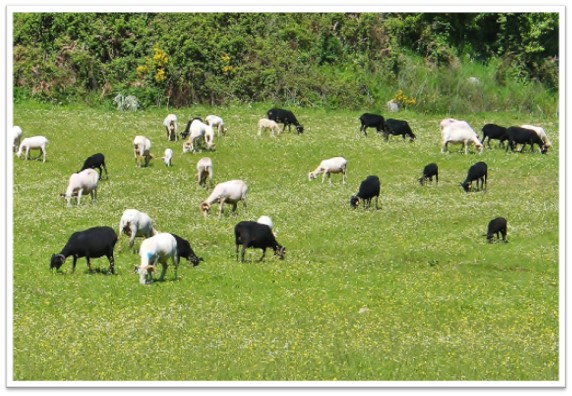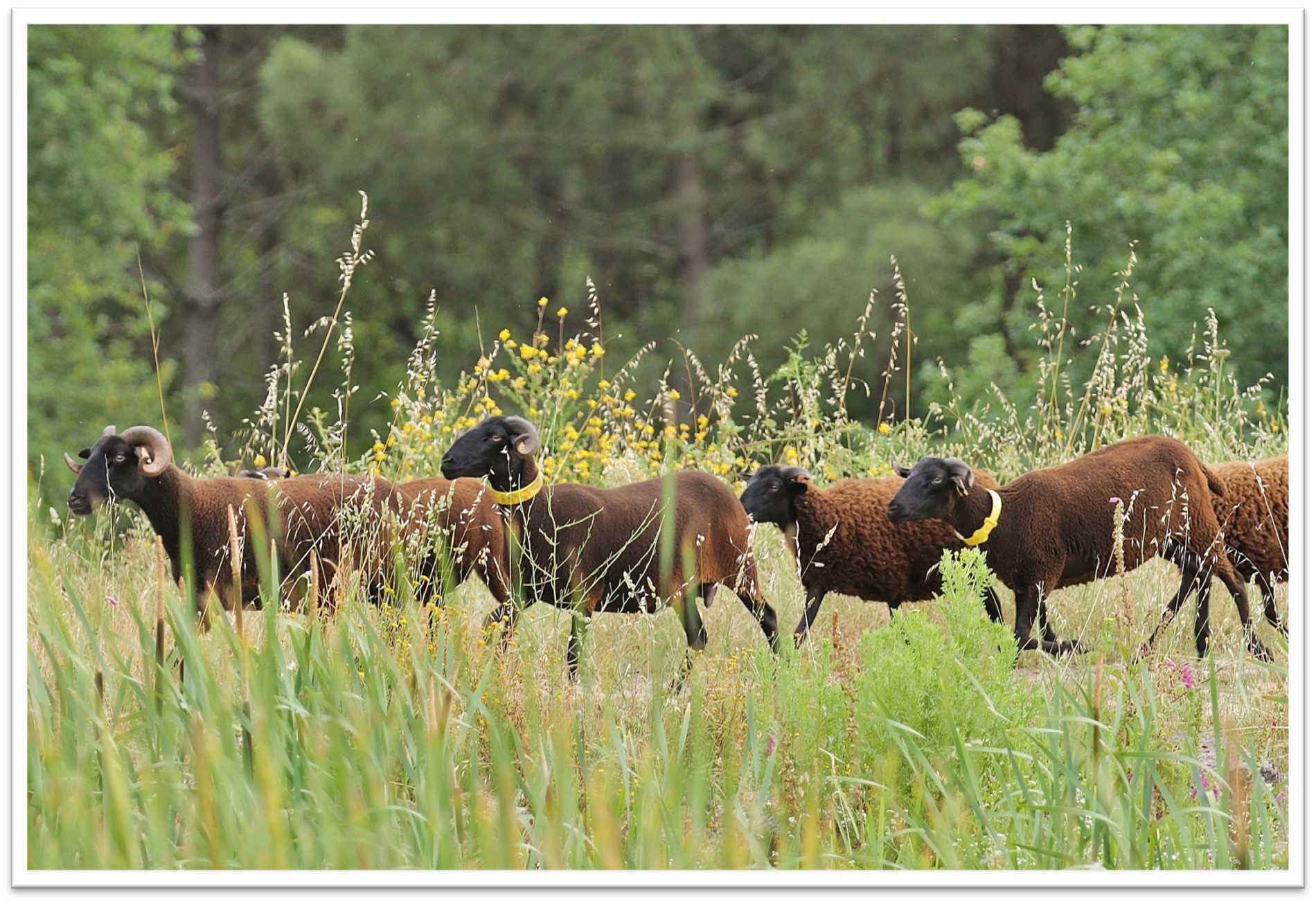Exhibition
Exhibition "Around the Serra da Estrela Cheese"
‘Are there rivers in Beira? They flow from Estrela.
Is there cheese in Serra? It's made in Estrela.
Is there clothes in Beira? It's made in Estrela.
Is there wind in Beira? It blows from Estrela.
Is there electricity in Beira? It's generated in Estrela.’
Miguel Torga, 1950

Serra da Estrela offers a stunning, rich and complex landscape, marked by deep valleys, imponent highlands and granitic snow-covered peaks in winter. These lands, nurtured by the crystalline waters of the springs and rivers that flow through the mountains, reflect the effects of the glaciations on the rich flora of great phytogeographic value, guaranteeing biodiversity, ideal for traditional grazing or fostering managed pastures for livestock. Nature's balance, imprinted by human actions, moulds a unique landscape where the rural and the wild coexist in harmony, making the perfect setting to produce this unique cheese.

Shepherds and cheesemakers are the central actors in Serra da Estrela cheese production. The shepherds, who lead flocks of the Serra da Estrela or Churra Mondegueira breeds through the cold Serra da Estrela mountains, accompanied by their flock dogs, milk the ewes every day to obtain the essential ingredient for making the Serra da Estrela cheese. The cheesemakers, artisans of ancestral knowledge transmitted from generation to generation, sculptors of cold and rough hands, softened by the whey, are responsible for giving life to the curd, shaping it with careful movements, so that the effect of temperature, humidity and small organisms produces a cheese with an unforgettable flavour.

The Serra da Estrela sheep breed, with its white and black strains, is bred around the Serra da Estrela. These animals, resilient to the mountain's rigorous environment, have a dairy vocation and produce milk with high fat and protein contents, ideal for cheesemaking. Despite its conformation, temperament and rusticity, the Churra Mondegueira sheep breed has gradually become less important for Serra da Estrela cheese production, expanding to other territories, but also contributing to the region's genetic and cultural diversity. The milk of the Serrana goat breed, in its Jarmelista and Serra ecotypes, although not used directly in Serra da Estrela cheese, is valued to produce Serra da Estrela curd cheese.

The Serra da Estrela cheese is a Protected Designation of Origin (PDO) product, a symbol of quality and respect for tradition, recognised as one of Portugal's oldest and most appreciated cheeses. Its production traditionally takes place between autumn and spring and is highly dependent on environmental conditions. The act has always involved a particular skill and the ‘hand’ of the artisan, as well as the control of milk, heat, air, cardoon, salt and physical strength. After all, it's these slight variations that distinguish cheeses and give them part of their charm.
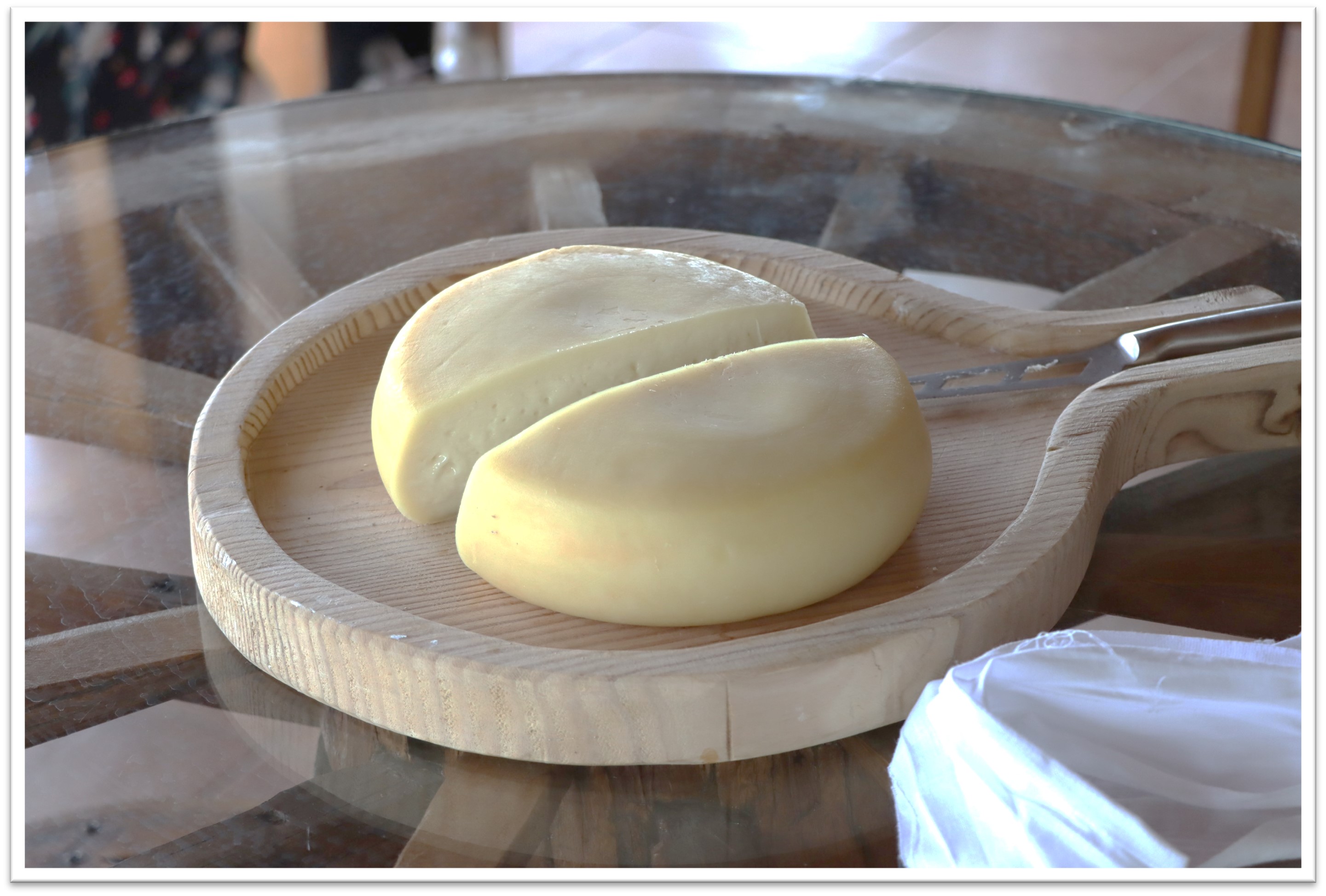
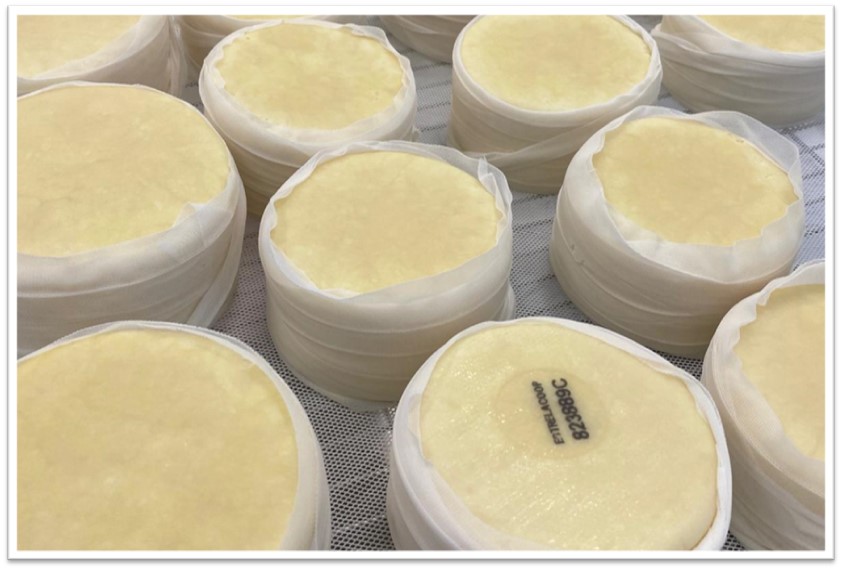
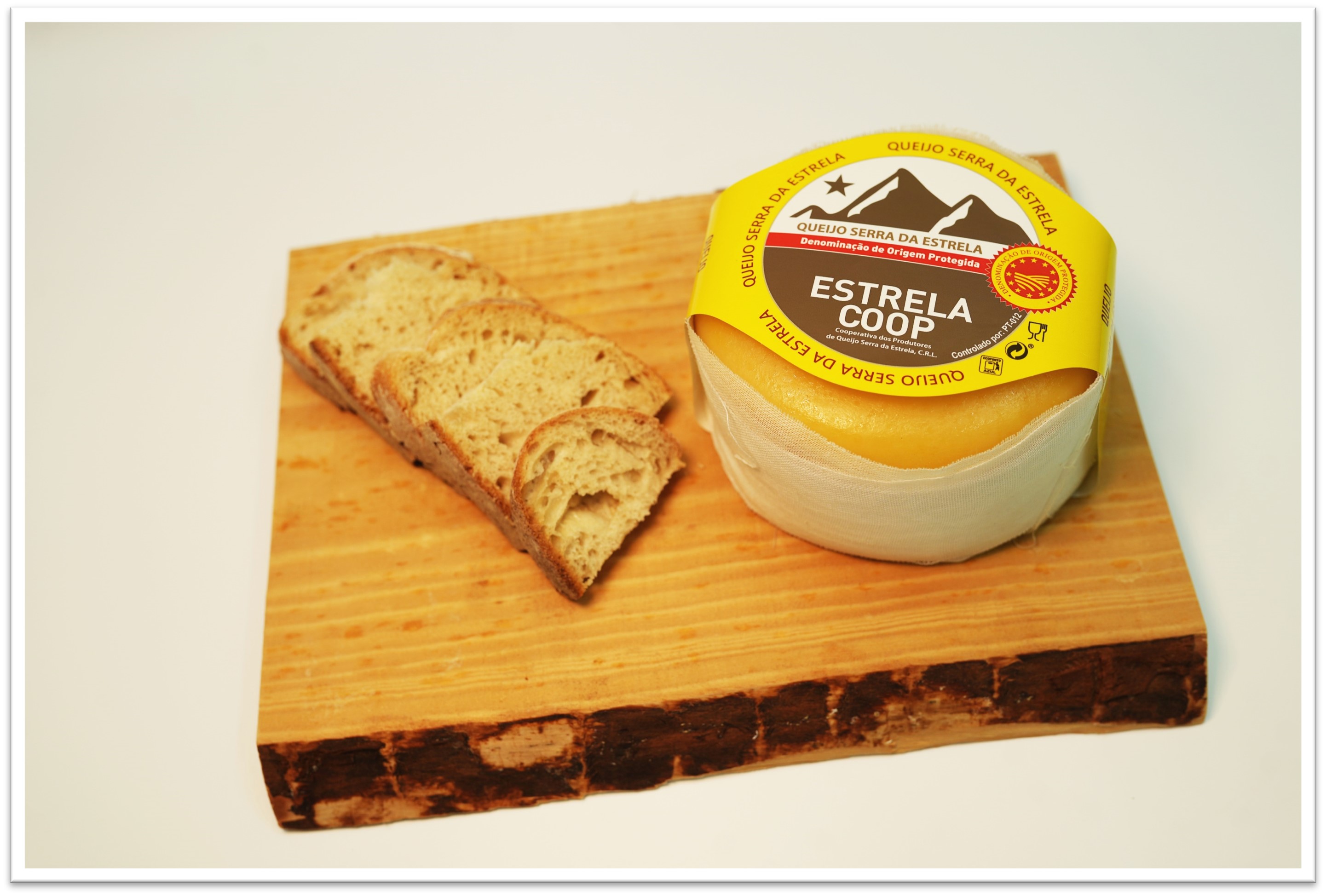
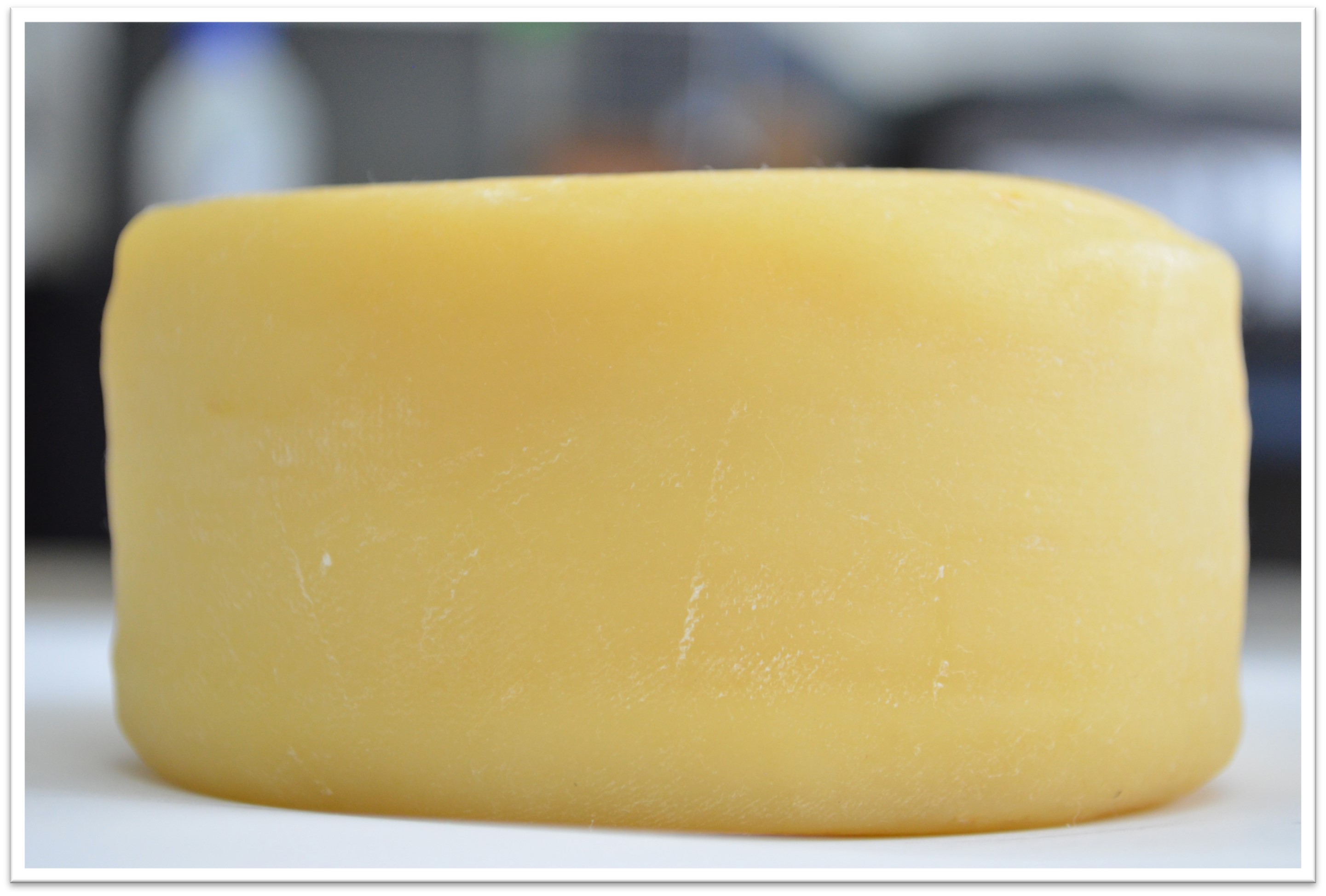

The Serra da Estrela Velho Cheese (PDO), the older brother of the Serra da Estrela Cheese, with at least 120 days of maturation, smaller and hard enough to be difficult to cut with a knife, more intense in yellow tones, or even with the orange of the paprika that can cover its rind. Serra da Estrela curd cheese is the best sign that nothing is lost. From the whey, after the cheese has been made with the help of heat, softened by the addition of a bit of ewe's or goat's milk, a creamy mass emerges, as white and fresh as a snowflake, moulded by the small basket! Serra da Estrela lamb, produced after the first 30 days of the Serra da Estrela ewes' lactation, is presented for consumption as a carcass weighing up to 7kg. It was once called ‘Borrego de Canastra’, because that's how it was transported to the markets.
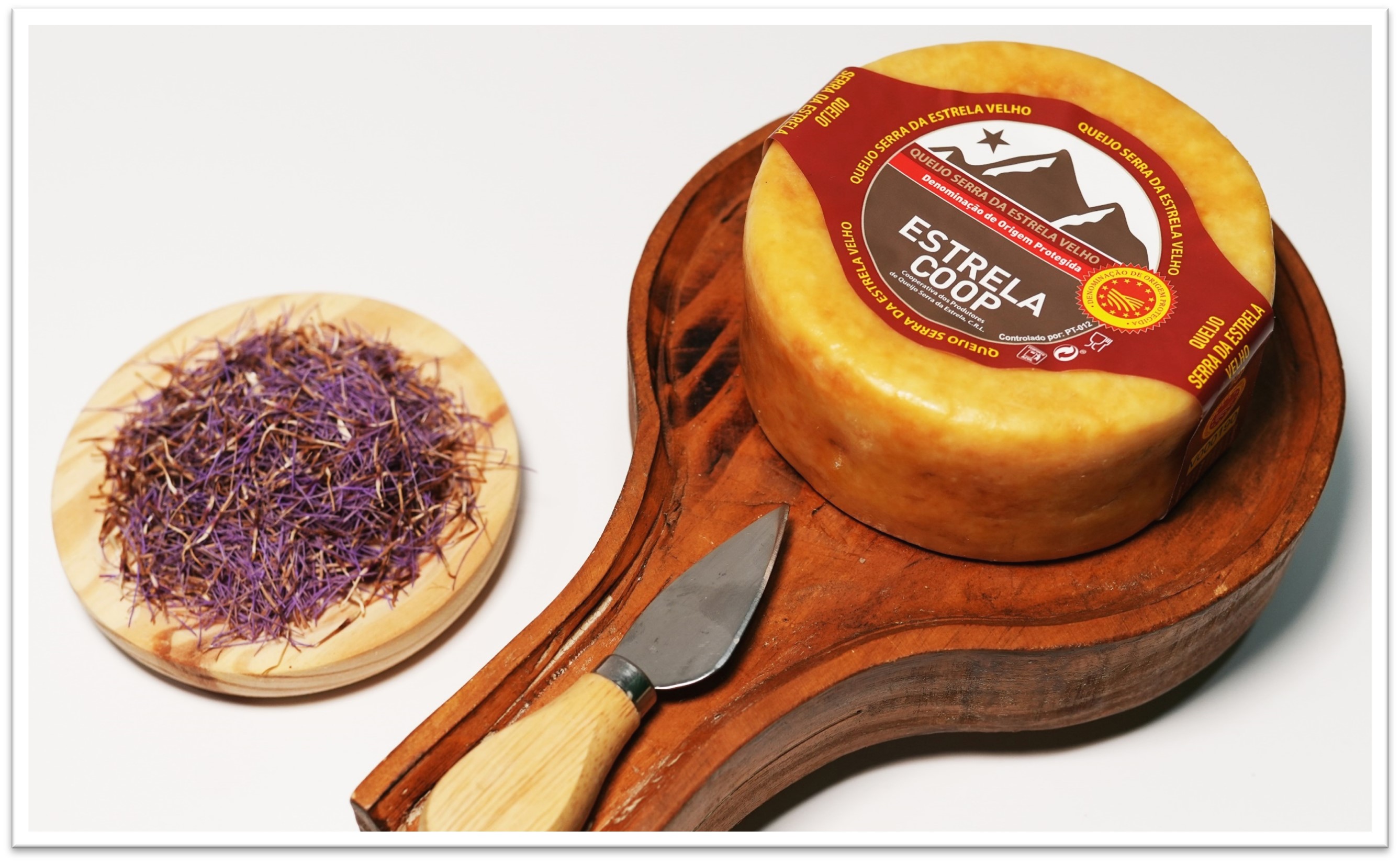
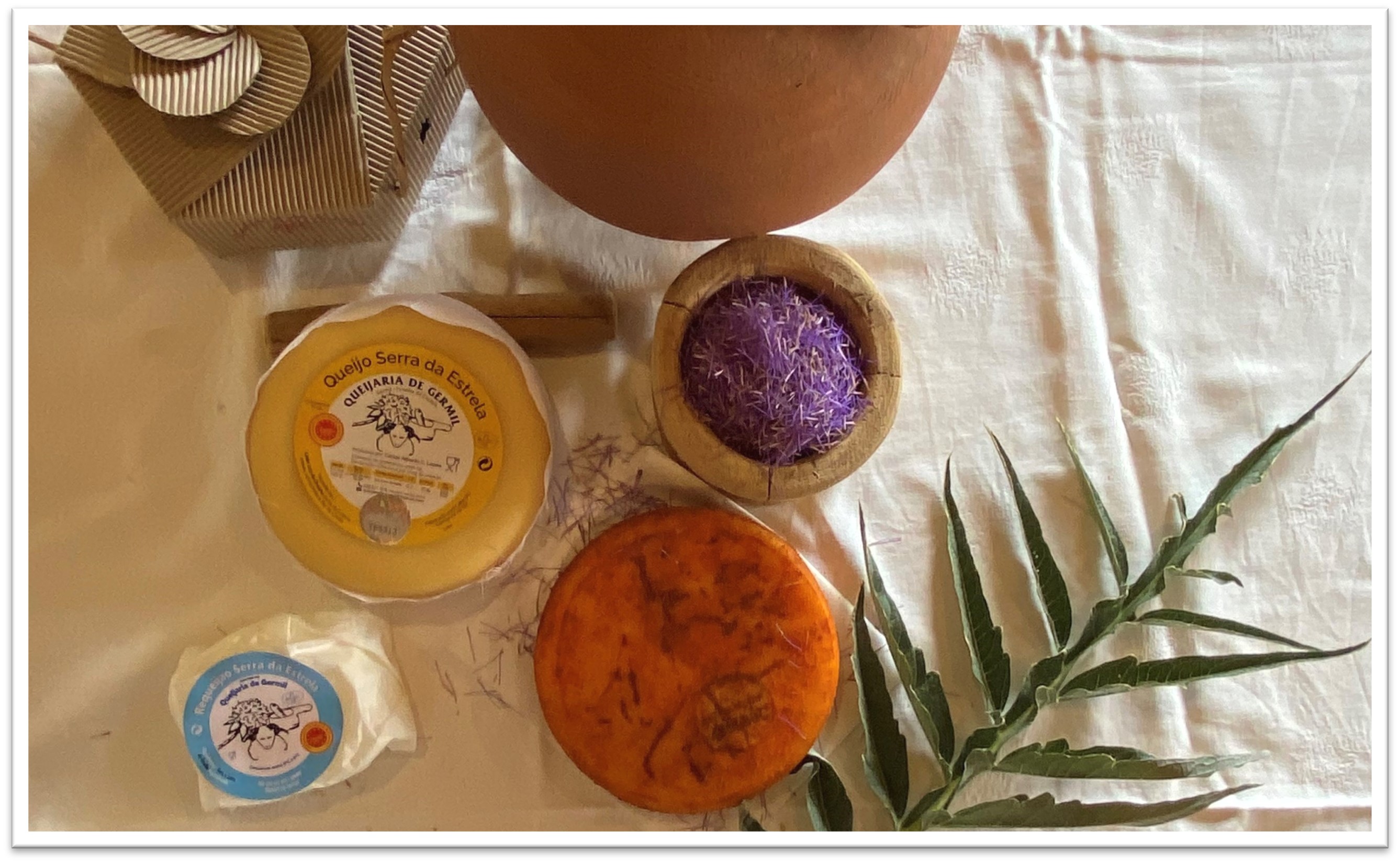
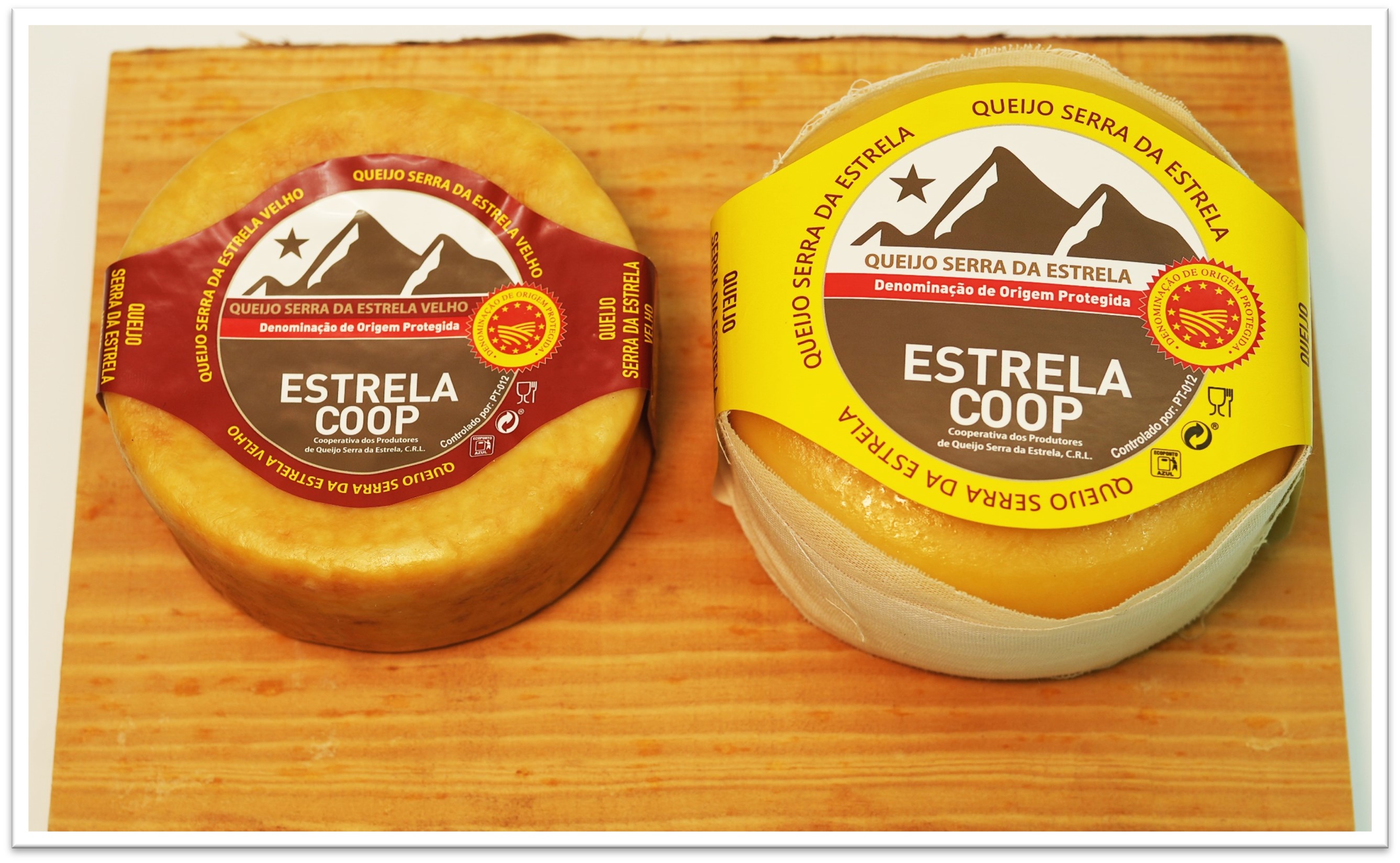
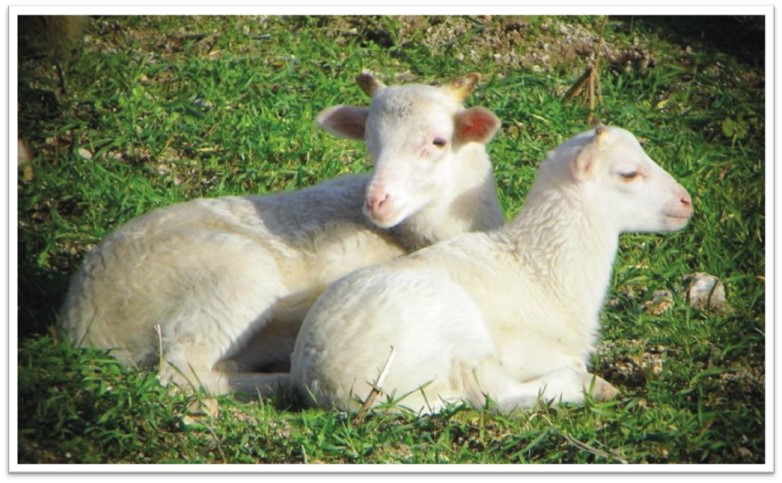

The production of Serra da Estrela cheese, full of knowledge transmitted from generation to generation, begins with the raw, pure milk of Serra da Estrela and Churra Mondegueira ewes, to which salt and vegetal rennet, extracted from the flowers of the cardoon (Cynara cardunculus L.), are added, promoting natural coagulation. Once the curd is formed, this solid mass is carefully cut and, with cold hands, pressed to remove the excess whey, creating a low cylinder form. Protected from light, monitored temperature and humidity, washing, turning and 45 days of vigilant attention and meticulous care, this cheese is the transformation of the pastures' green colour into a soft, white mass, with few or no eyes, contained in a light straw-yellow rind.
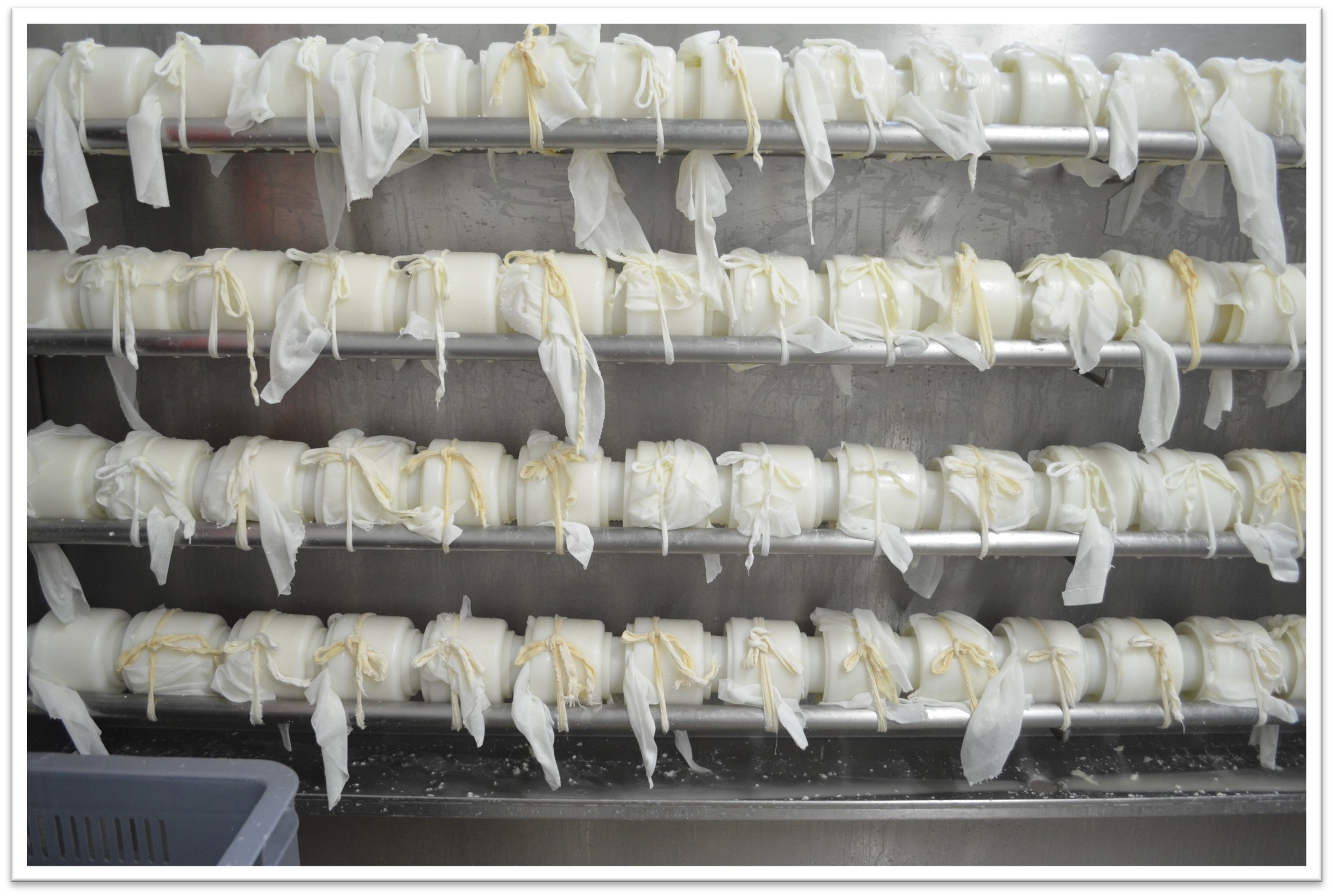

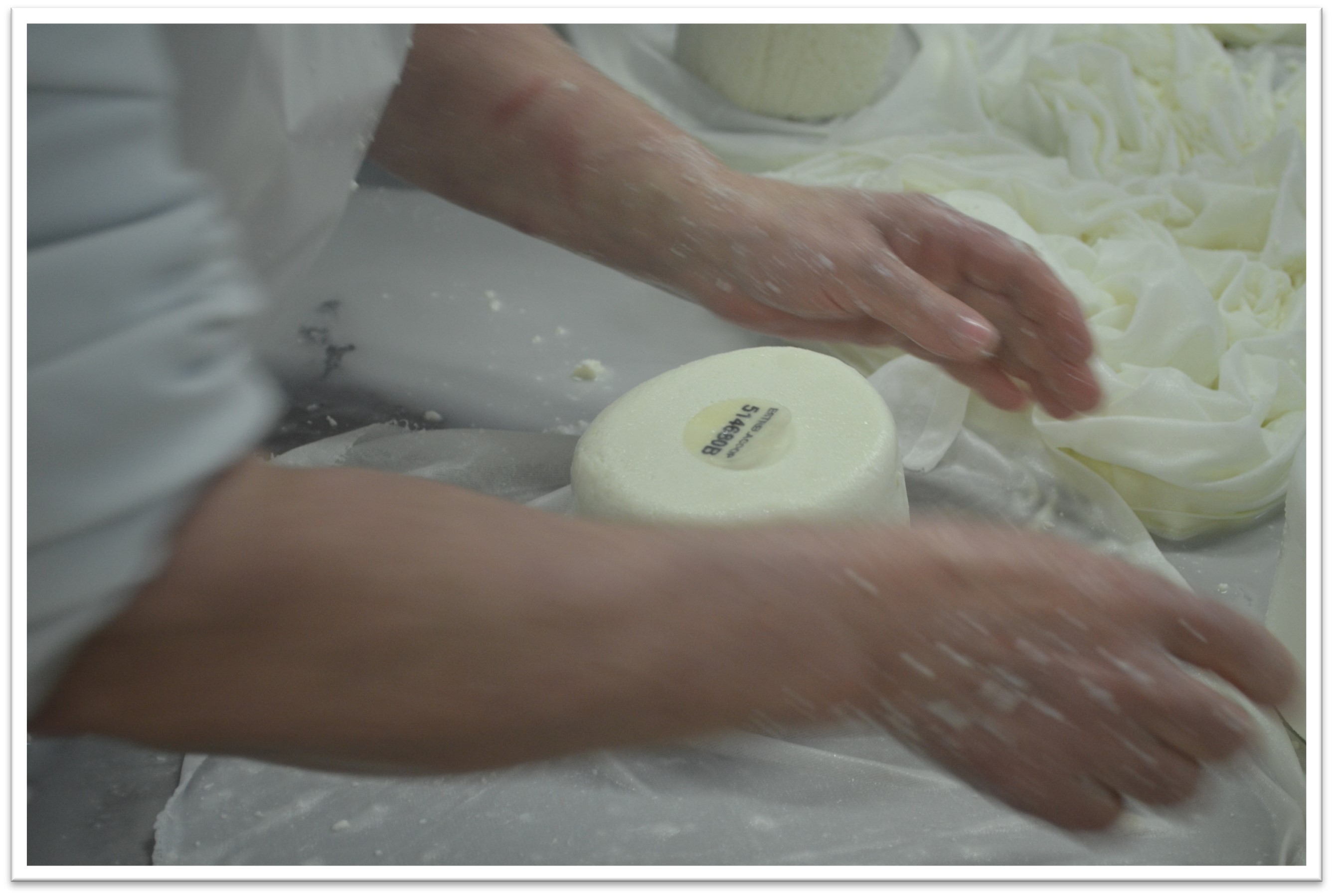
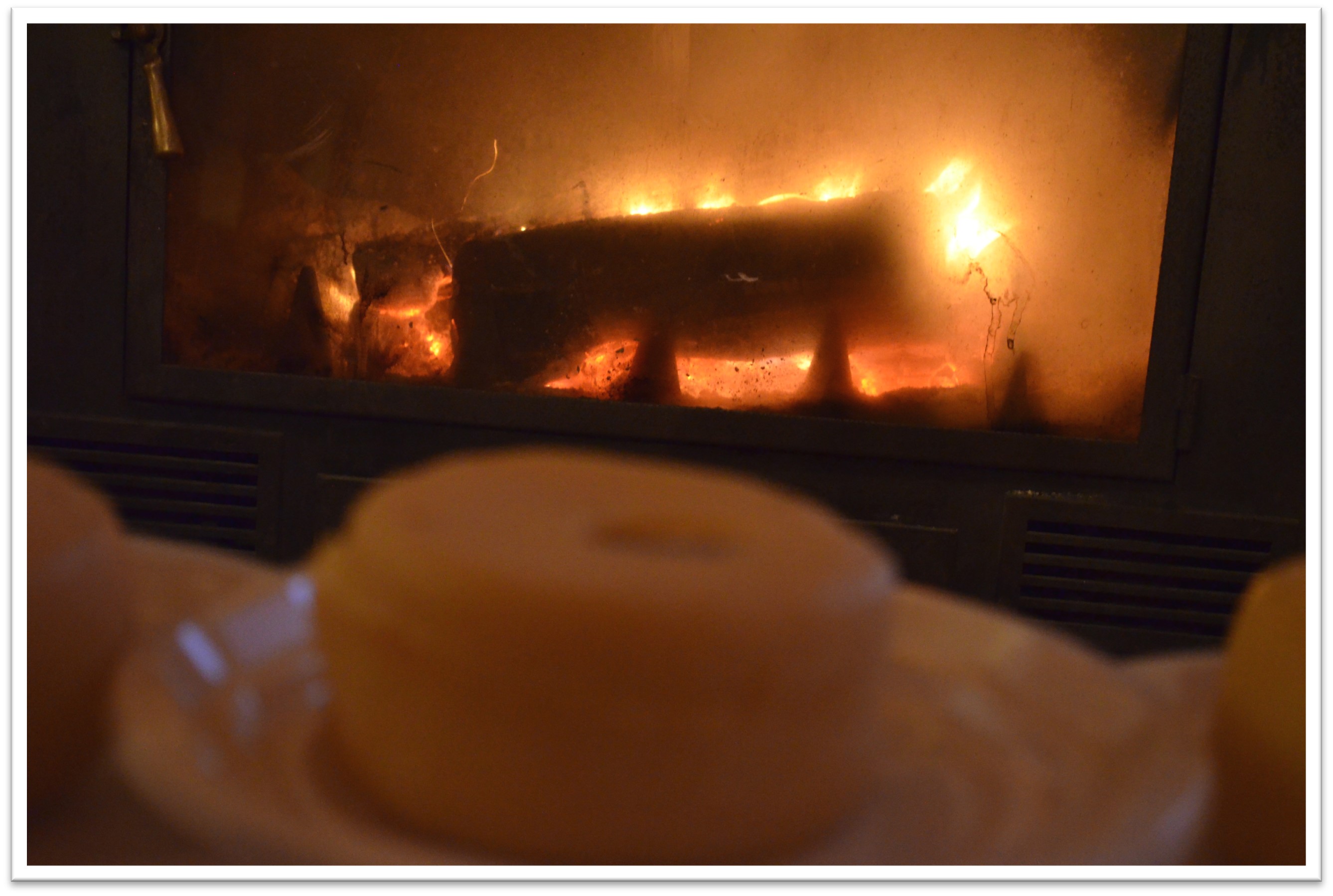

Cardoon is a plant originating from the Mediterranean basin with a multifunctional vocation whose flowers, due to the concentration and diversity of cardosins, have been used since ancient times as a vegetable coagulant in the manufacture of cheese. The preparation of the extract is carried out by macerating flowers in water which, through a coagulating action and proteolytic activity on the milk caseins, forms the curd. Cardoon flowers reveal a biochemical diversity that provides differences in casein proteolysis with an impact on cheese yield and properties.
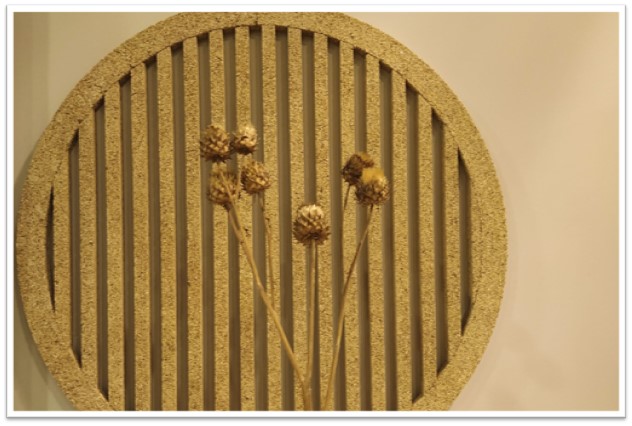
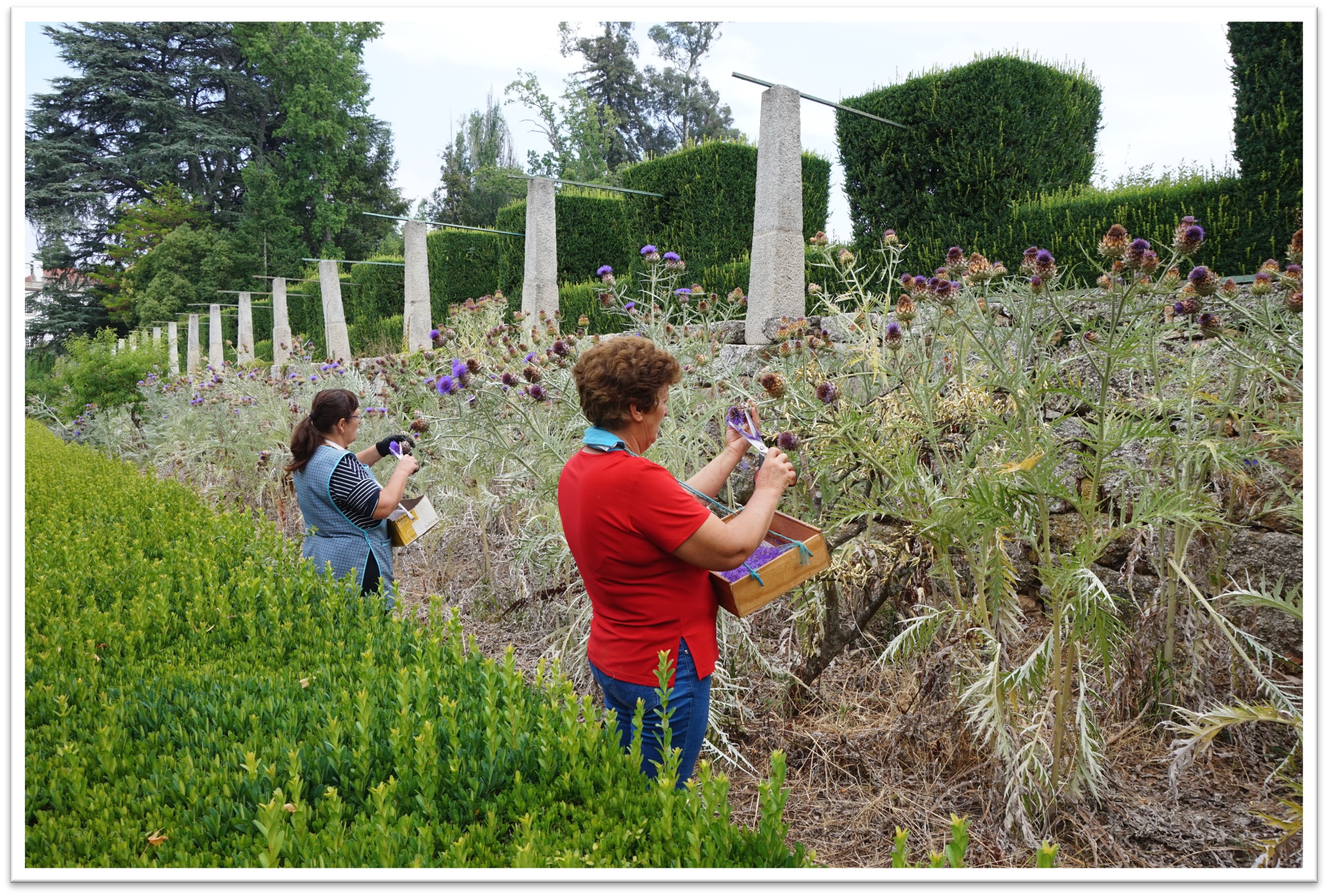
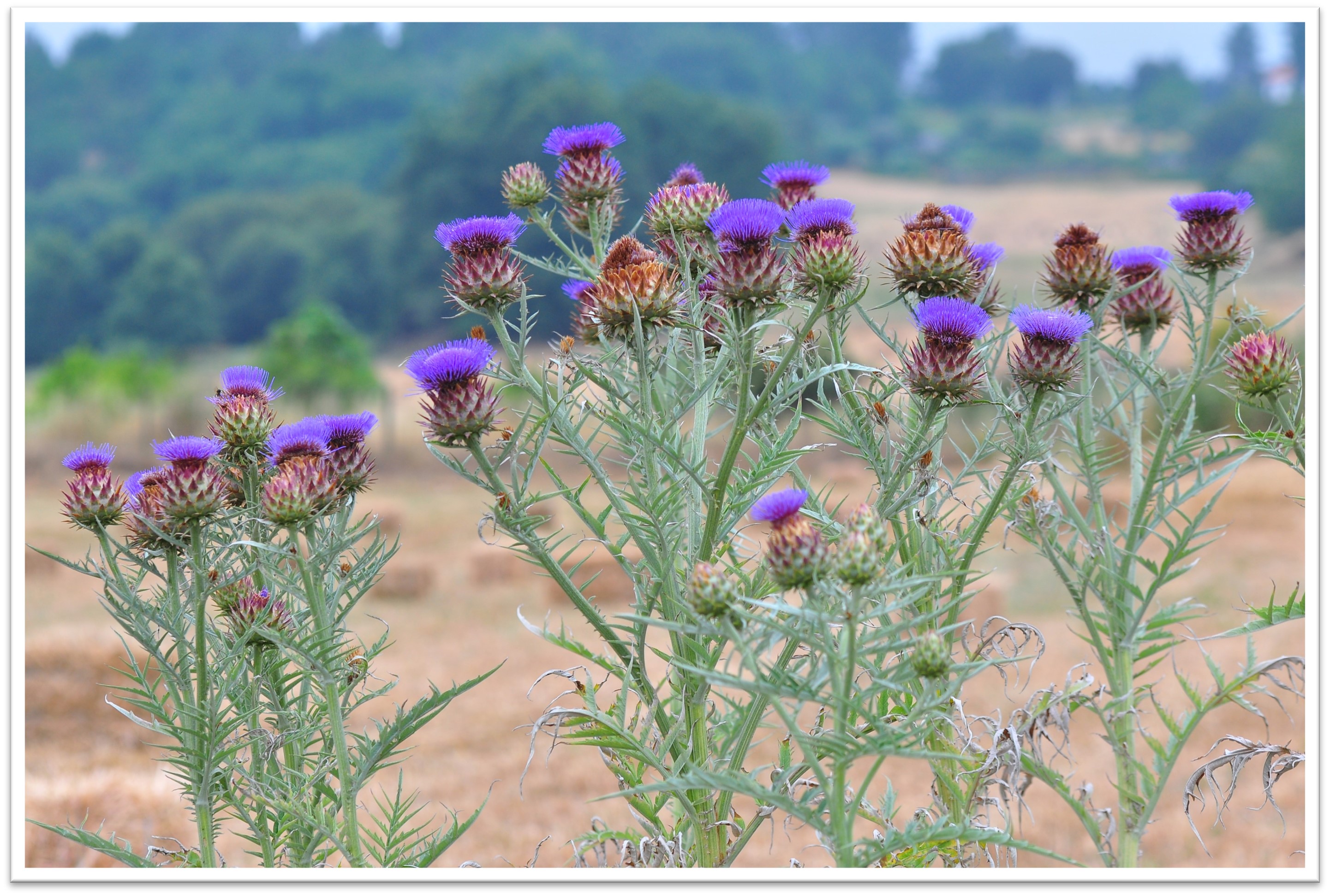
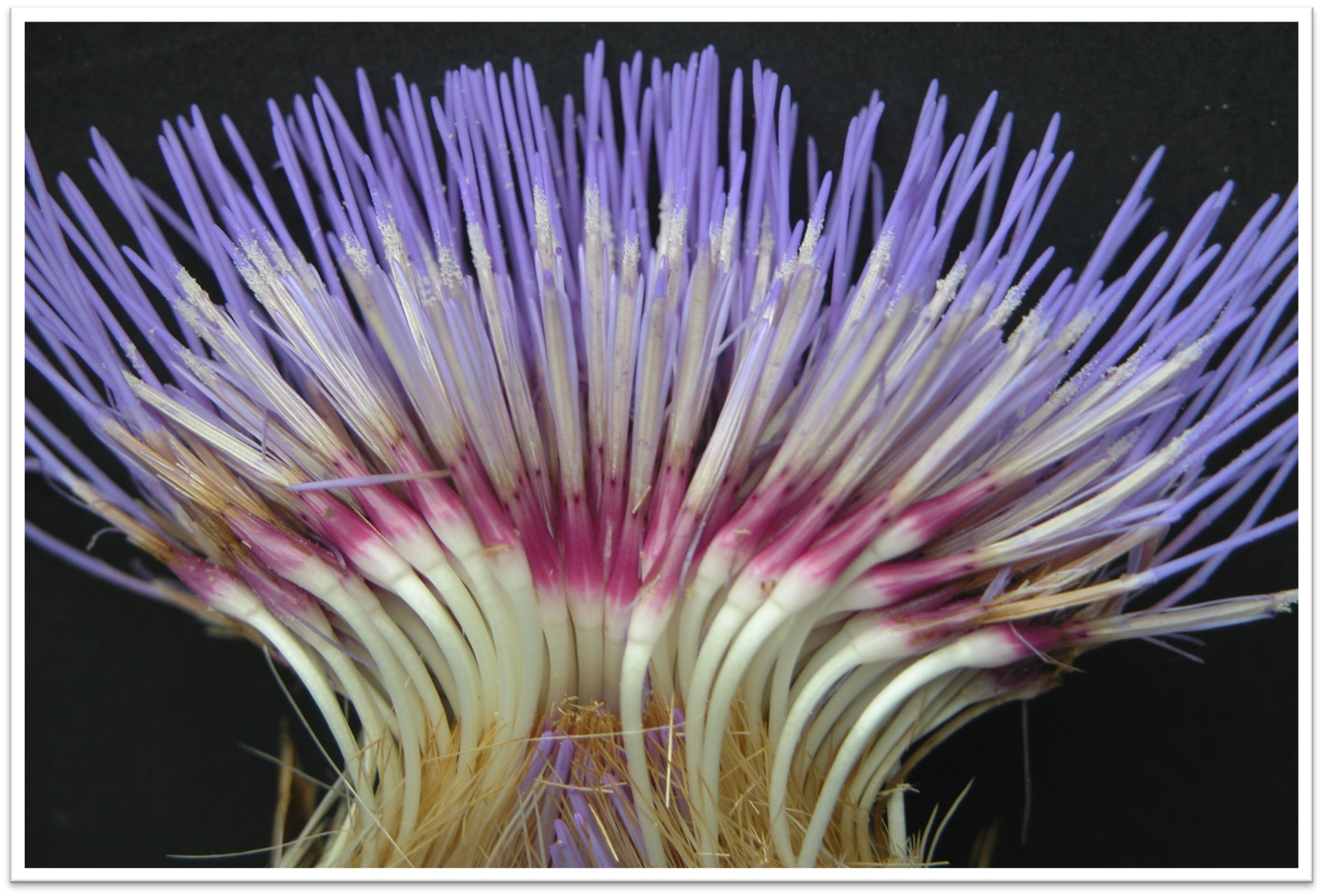

The need for feed forces the animals, shepherds and their loyal friend and protector of the flock, the Serra da Estrela dog, to make daily journeys to the grasslands. During periods of seasonal food shortages in the Serra, it was usual for the flocks to travel long distances to other locations. Large groups of animals (sheep and goats), led by the ‘’Maioral‘’, would be decorated and followed by other shepherds and these gentle, protective guards. One example is the last transhumance route that took the animals to the Montemuro mountain in the northwest of Serra da Estrela, from 24 June to 24 August. Today, animal transhumance is part of the tradition and is honoured in different festivals and religious celebrations.
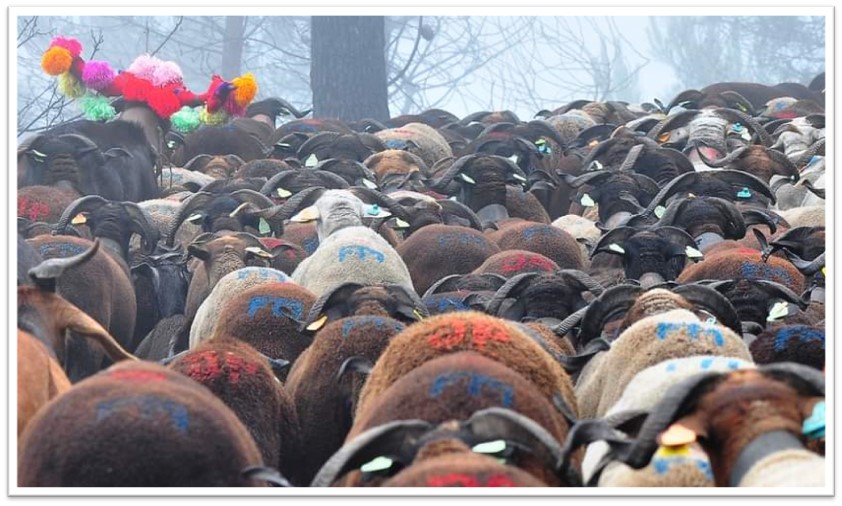
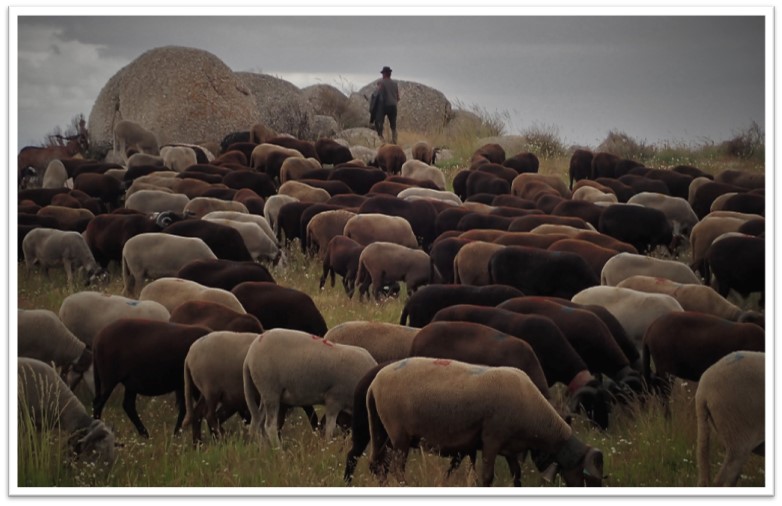

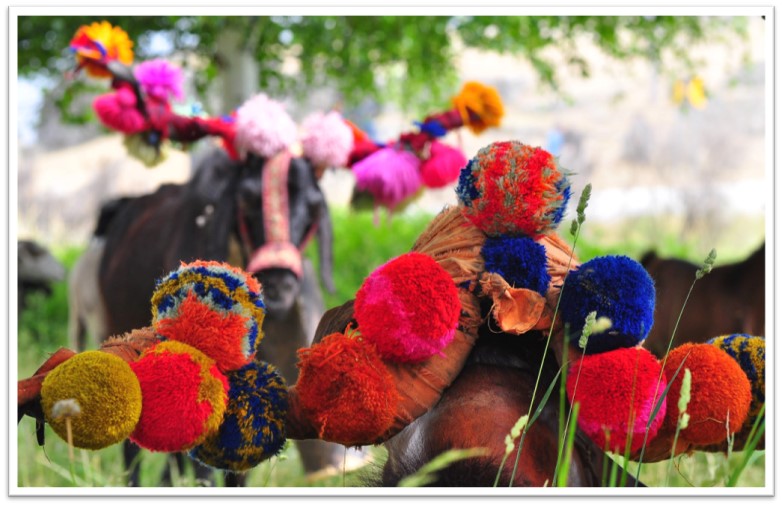

The culture of Serra da Estrela is rich and diversified, combining authentic gastronomy, ethnographic traditions and religious celebrations, where the products of the Serra da Estrela cheese value-chain play a central role, celebrating the strong bond between people and the land. The ethnography of Serra da Estrela reveals ways of life preserved in communities that promote pastoralism and traditional woollen weaving, a legacy visible in the traditional ‘papa’ blankets. The festivities are moments of devotion and community interaction, where faith and pagan rationality come together. The congregation of the flocks around the churches is an auspicious sign of good luck for the journey ahead, in search of better pastures. The livestock competitions and fairs are the best showcase for the animals and products that everyone wants to celebrate.
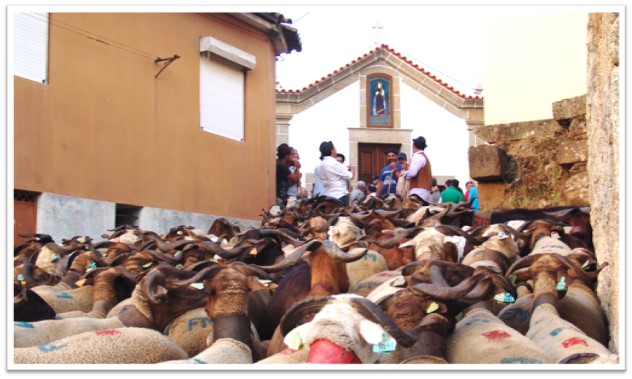

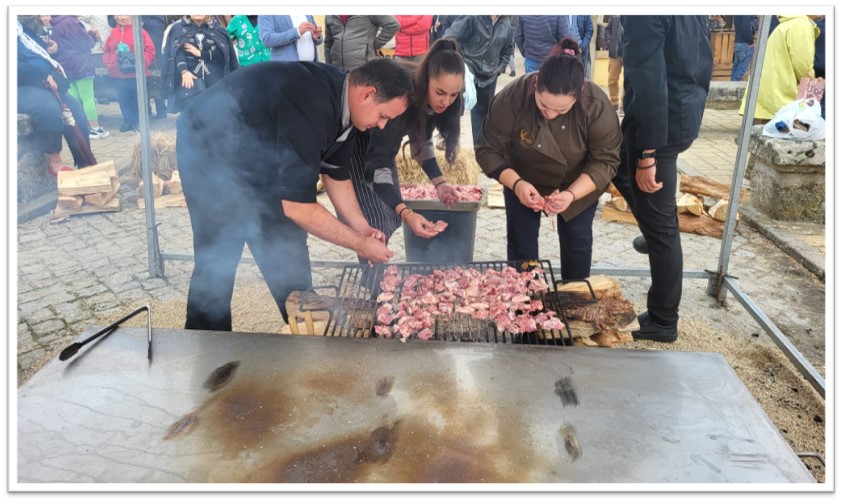
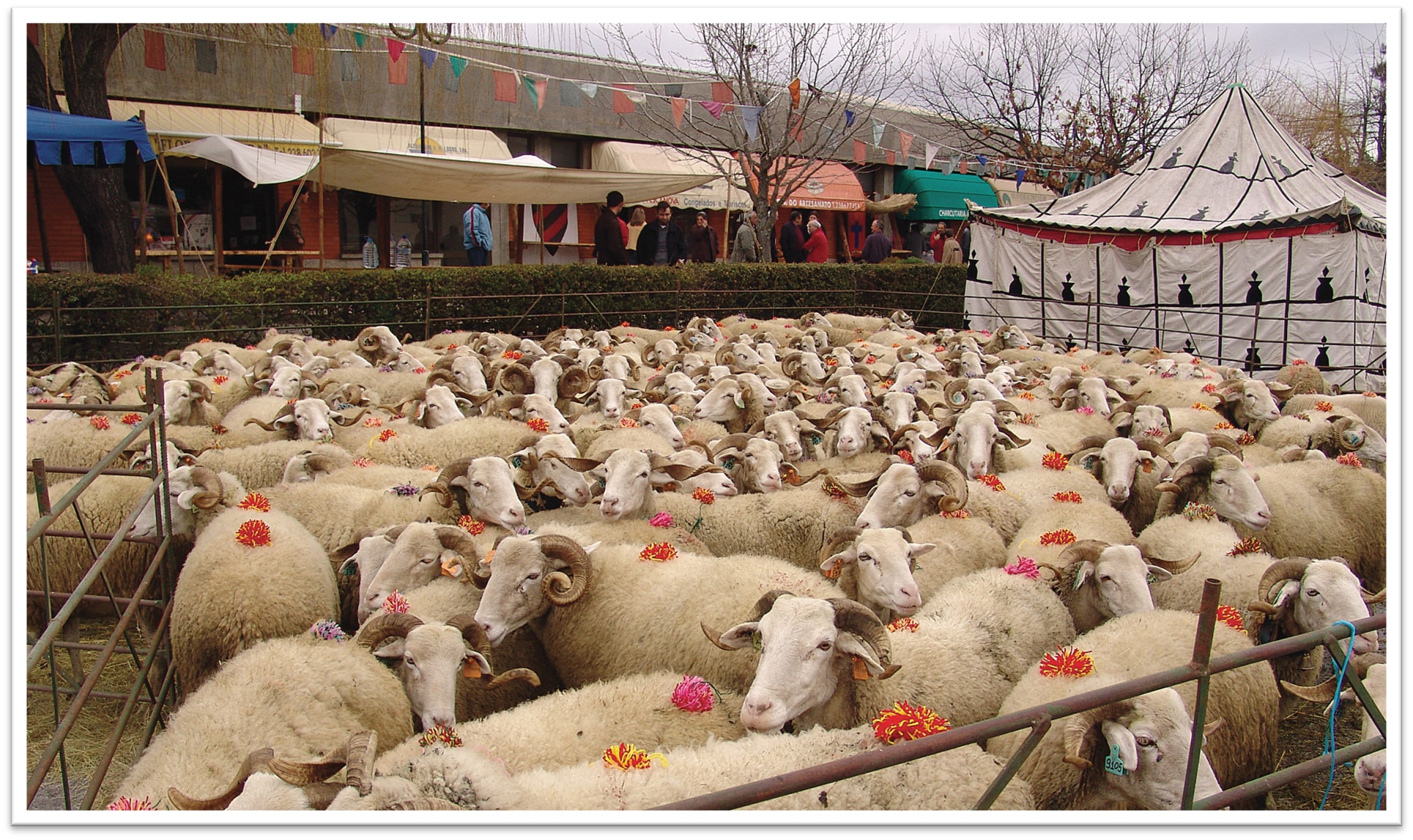
Photos courtesy of:
Confraria do Queijo Serra da Estrela, do Grande Livro do QSE
ESTRELACOOP
Carla Santos
João Madanelo
Jorge Oliveira
José Manuel Costa
Paulo Barracosa
Rita de Barros
Project Funding

CONTACTOS
Morada:
Av. Dr. António Almeida Henriques. Ranhados.
3500-631 Viseu
Telf: +351 232 446 600
(Chamada para a rede fixa nacional)
Mail: bcheese@esav.ipv.pt
